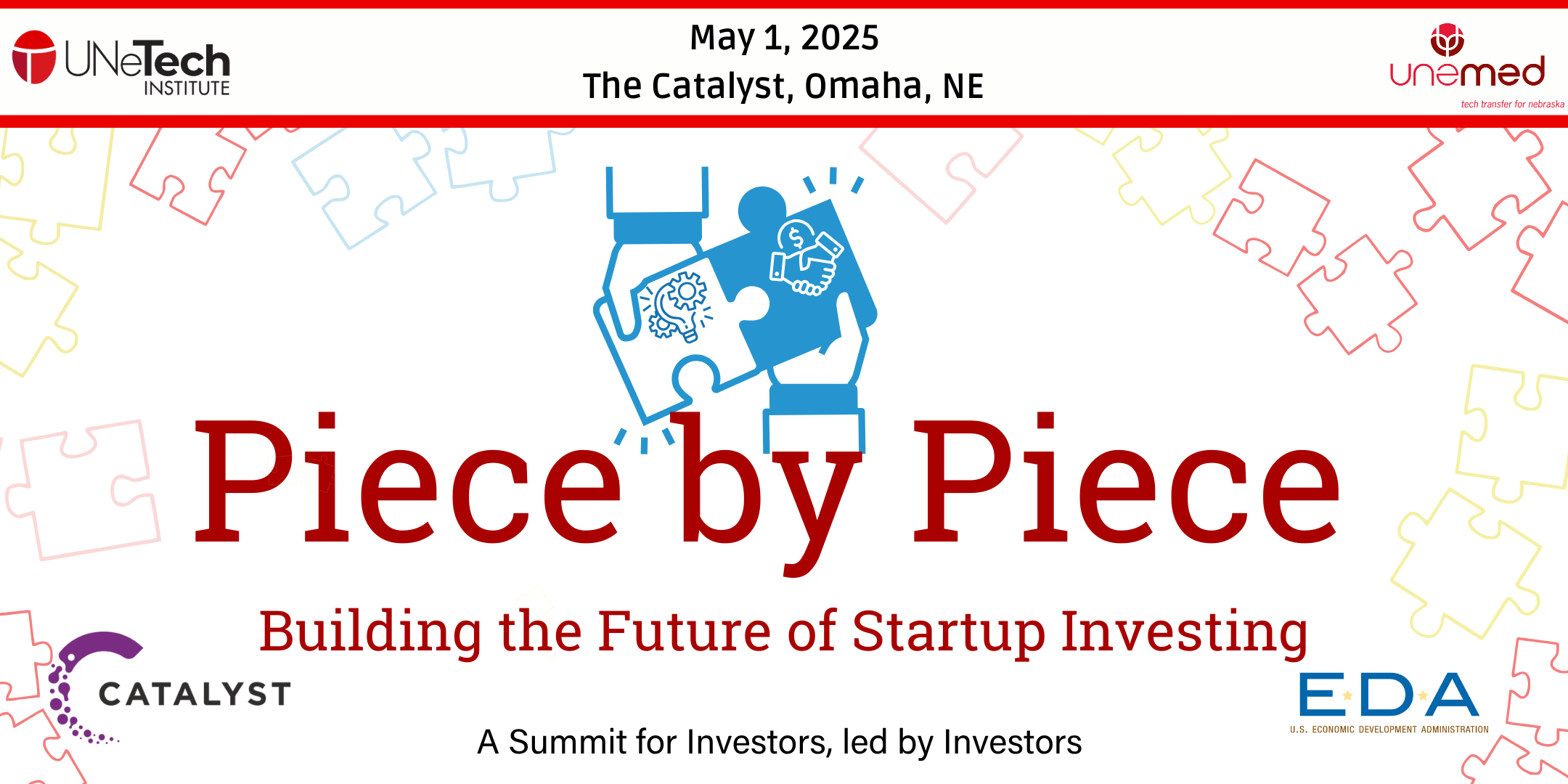This is part six of the “A” Word, Emily Truax’s ongoing series of articles on Agile. For previous installments, click here, here, here, here or here.
Full disclosure, I’m a nerd. (I know, it’s a shock, but I’m comfortable with who I am.)
I enjoy watching competitive esports, DOTA 2 especially. For the uninitiated, DOTA 2 is a multiplayer team battle game similar to capture the flag. Only instead of capturing a flag, you destroy the flag—and the other team for good measure.
This month marked the tenth international championship, where eighteen professional DOTA teams competed for a prize pool of $40 million. (We’ve come a long way from the 1990 Nintendo World Championships!) The heavy favorites to win were PSG.LGD—to you football fans, yes, that is the PSG of Paris-Saint Germain. They were top of their bracket through the entirety of the tournament, with 2:1 odds of taking first prize and $18 million.
And they lost. To a team with 24:1 odds, ranked 14th of 18, and with only one player having ever played in a finals match before.
PSG.LGD is a team known for planning. They review games like football coaches in the NFL review plays: analyzing their opponents, building strategies, and formulating plans of attack. They are a team that knows how to follow a plan.
Plans are important, whether we’re good at sticking to them or not. We make plans so we know what to expect in the future and can prepare accordingly. But things happen—sudden shifts in focus, a flat tire, illness, financial adjustments, poor life choices—and those things can turn even the best plan on its head.
We learn as Agile practitioners that when changes occur, we need to inspect and adapt. This goes for plans of any shape or size, whether they’re independent products, cross-departmental projects, or enterprise-wide initiatives. But rarely do we take the time to accept the changes themselves before we inspect and adapt.
The project management and tech industries are rife with change management tools (ADKAR, Lewin’s Change Management Model, Kotter’s 8-Step Change Model, SIPOC diagrams) just as there are plenty of techniques around inspecting and adapting for change (proper risk management, open communication, scope and schedule adjustments, ROI, value streams, etc.). Unfortunately, because every change comes with its own unique circumstances and complications, it is literally impossible for any tool or technique to teach you how to accept change.
In my previous article, we touched on how investment bias is a symptom of the refusal to compromise. But investment bias in itself is also a symptom of attachment: emotional, financial, psychological, or otherwise. Attachment builds comfort, a state of mind that we as human beings prefer. There are very few individuals who are immune to the frustration and disappointment a change in plan can cause. I think Marge Simpson said it best: “I’ve dug myself into a happy little rut here and I’m not about to hoist myself out of it.”
That’s where, as agilists, we prize having an OPEN RESPONSE TO CHANGE. We not only have to be open to change, we not only have to respond to change, but we have to be open in our responses. We won’t be going back to the original plan, no matter how beautiful or well-designed it was. Investment in “what would have been” only wastes time and energy. We have to accept the change when it happens. When we set aside the original plan and say, “Oh, well,” we need to know what our response will be to move past the “Now what?” We have to be open to alternatives, adjustments, and unexpected opportunities, which makes this value the most important—and the most difficult—to follow.
In the case of the DOTA International, it was Team Spirit (and not PSG.LGD) who proved able to respond better when faced with a change in plan—specifically their initial loss and subsequent climb back to the grand finals. They accepted that they had nothing to lose. They understood what their alternatives were. They identified what they could adjust on the fly. And they knew PSG.LGD’s Achilles’ heel: the plan.
If the pandemic has taught us anything, it’s this: we can’t afford not to accept change. Whether we like it or not, change is inevitable. It’s how we accept, respond, inspect, and adapt to it that determines our failure or success when—not if—the next change comes. And no plan survives first contact with the enemy.
In my next article, we’ll wrap up our rebranding efforts and see how our new Agile values work together to form our modernized Agile perspective. Stay safe out there, friends!
—
Emily Truax wanted to be a dragon when she grew up. Still does, but hoarding doesn’t pay the bills.
In her adulting life, she is a technical project manager with a decade of experience in Agile methodology. She holds her PMP and PMI-ACP from PMI, and her CSP-SM and CAL-E/T/O from Scrum Alliance. In her creative life, she is a freelance artist, designer, writer and sometimes-musician.
Emily lives in Omaha with her partner, Mike, and many houseplants.




